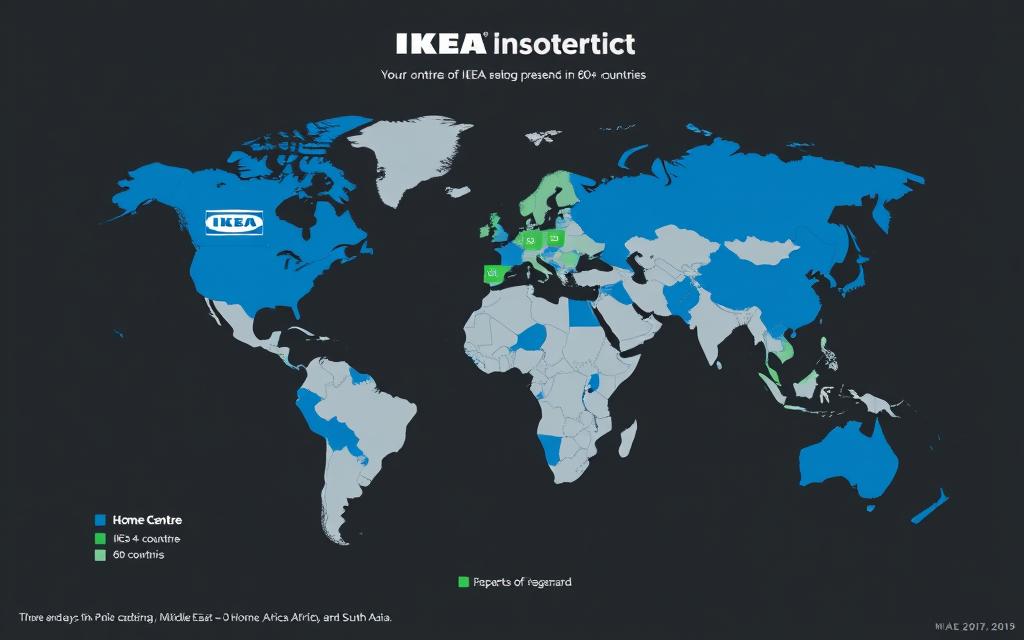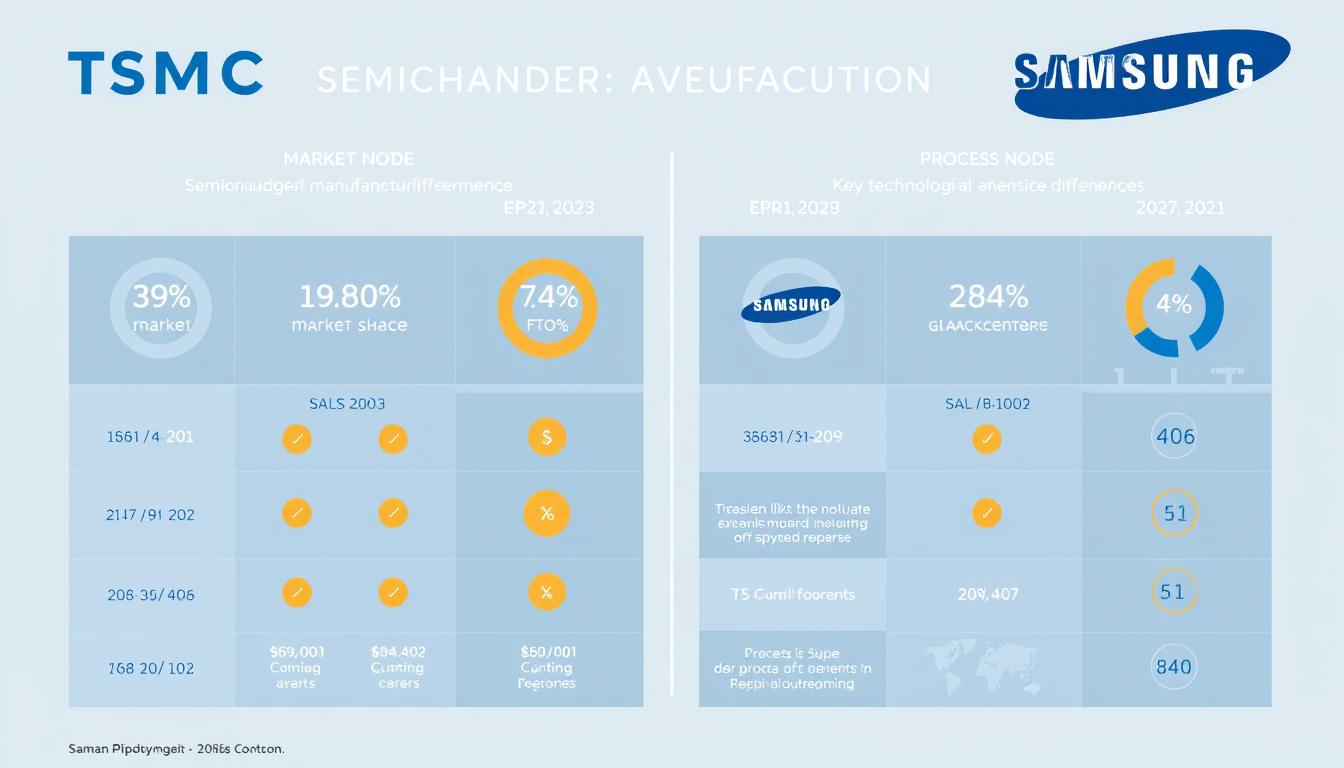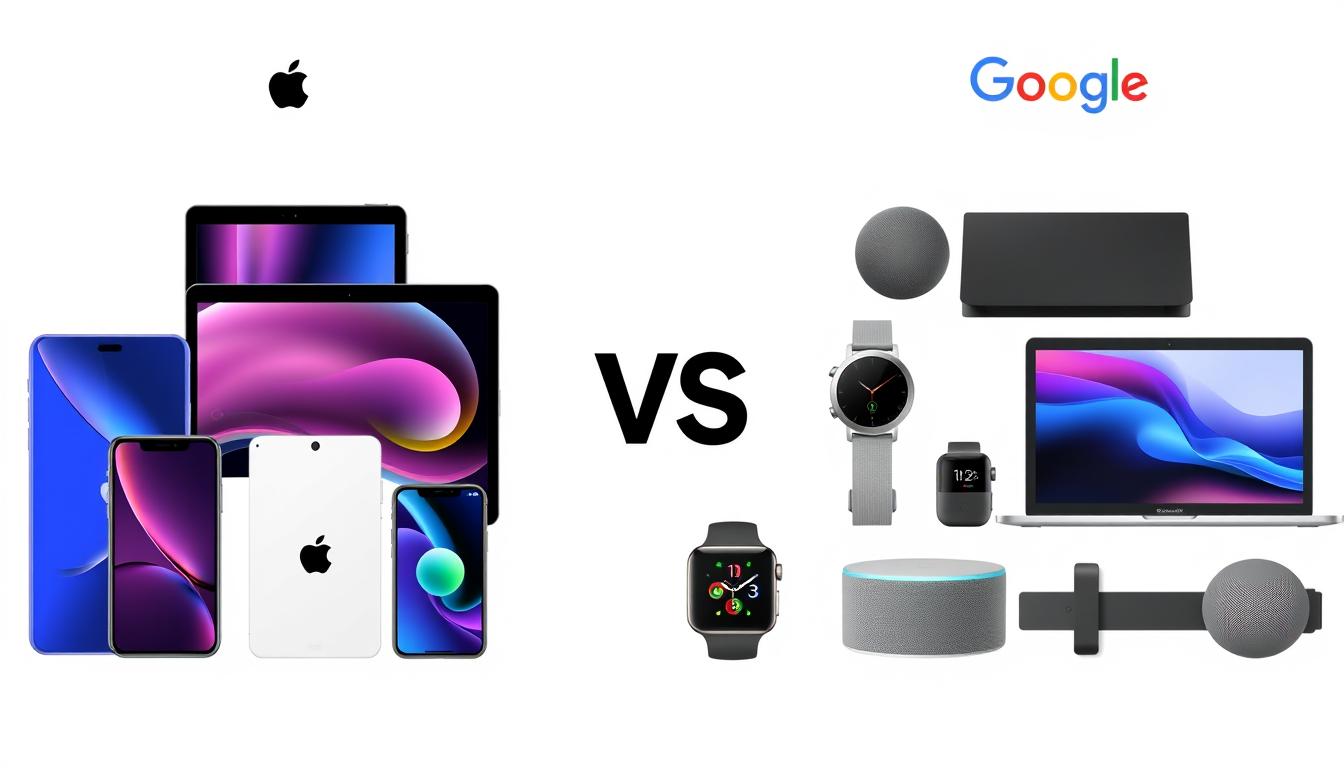The home furnishing retail sector has transformed dramatically over the past few decades, offering consumers unprecedented choice in how they outfit their living spaces. Two major players in this arena—IKEA and Home Centre—have captured significant market share with their distinctive approaches to home retail. While IKEA’s Swedish minimalism and DIY ethos have revolutionized furniture retail globally, Home Centre has established itself as a formidable competitor, particularly in the Middle East and South Asia, with its ready-to-use furniture and luxury-inspired designs. This comprehensive comparison examines both retailers across ten critical dimensions to help you determine which better suits your home furnishing needs.
Company Overview and History
IKEA: The Swedish Furniture Giant
IKEA’s iconic blue and yellow store design is instantly recognizable worldwide
Founded in 1943 by Ingvar Kamprad in Älmhult, Sweden, IKEA began as a mail-order sales business before evolving into the furniture retail powerhouse we know today. The name “IKEA” is an acronym formed from the founder’s initials (IK), combined with the first letters of Elmtaryd (E) and Agunnaryd (A), the farm and village where Kamprad grew up.
IKEA revolutionized the furniture industry with its flat-pack, self-assembly model that dramatically reduced shipping costs and retail prices. This innovation, coupled with Kamprad’s vision of “creating a better everyday life for the many people,” propelled IKEA to global prominence. Today, IKEA operates over 450 stores across more than 60 countries, making it the world’s largest furniture retailer.
Home Centre: Middle East’s Furnishing Leader
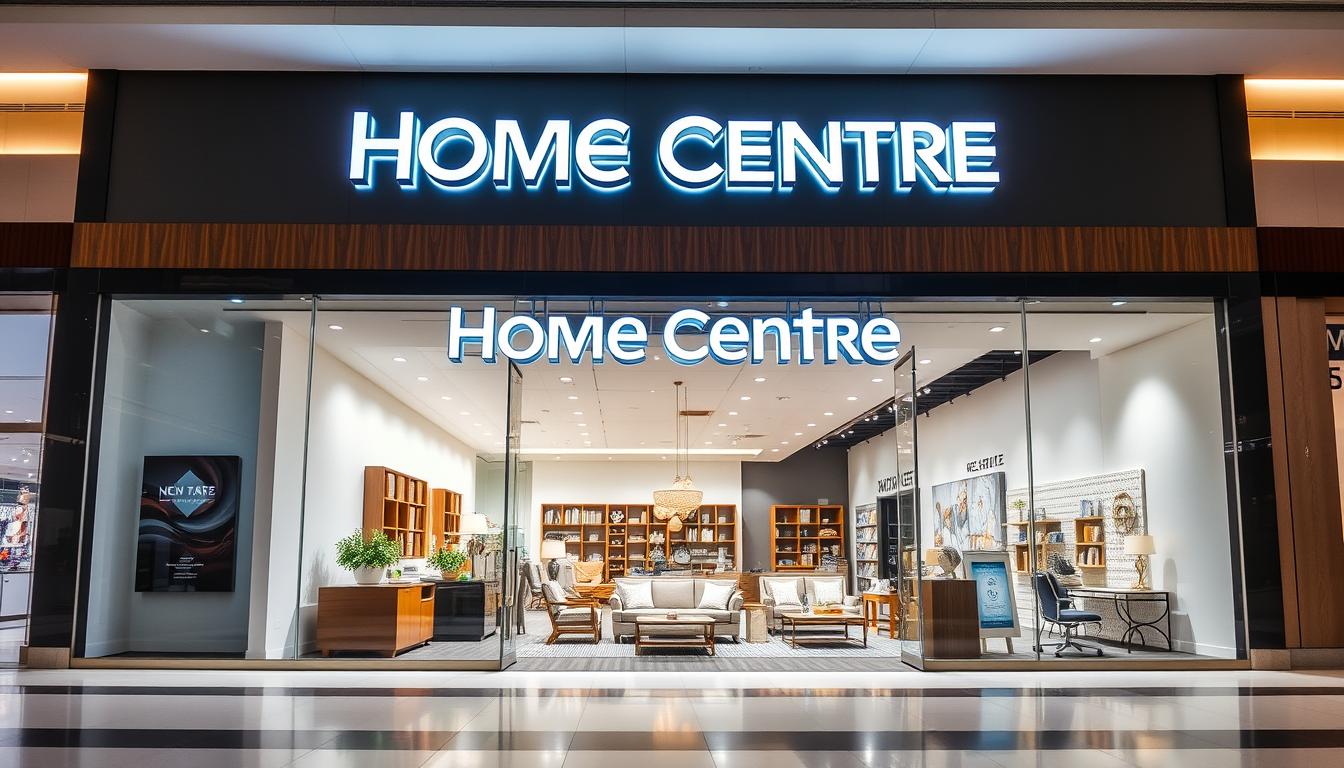
Home Centre stores are typically located in premium shopping malls
Established in 1995 in the United Arab Emirates, Home Centre has grown into one of the leading home retailers in the Middle East, North Africa, and South Asia. Part of the Landmark Group, a multinational conglomerate, Home Centre has expanded rapidly to over 100 stores across 10 countries, with particularly strong presence in UAE, Saudi Arabia, Bahrain, Qatar, Oman, Kuwait, Egypt, and India.
Unlike IKEA’s DIY approach, Home Centre positioned itself as a provider of ready-to-use, stylish home furnishings with a focus on contemporary designs that blend Western aesthetics with regional preferences. The company’s growth strategy has centered on understanding local tastes while maintaining international quality standards.
Explore Both Retailers Online
Visit the official websites to browse current collections and special offers
Core Offerings and Business Focus
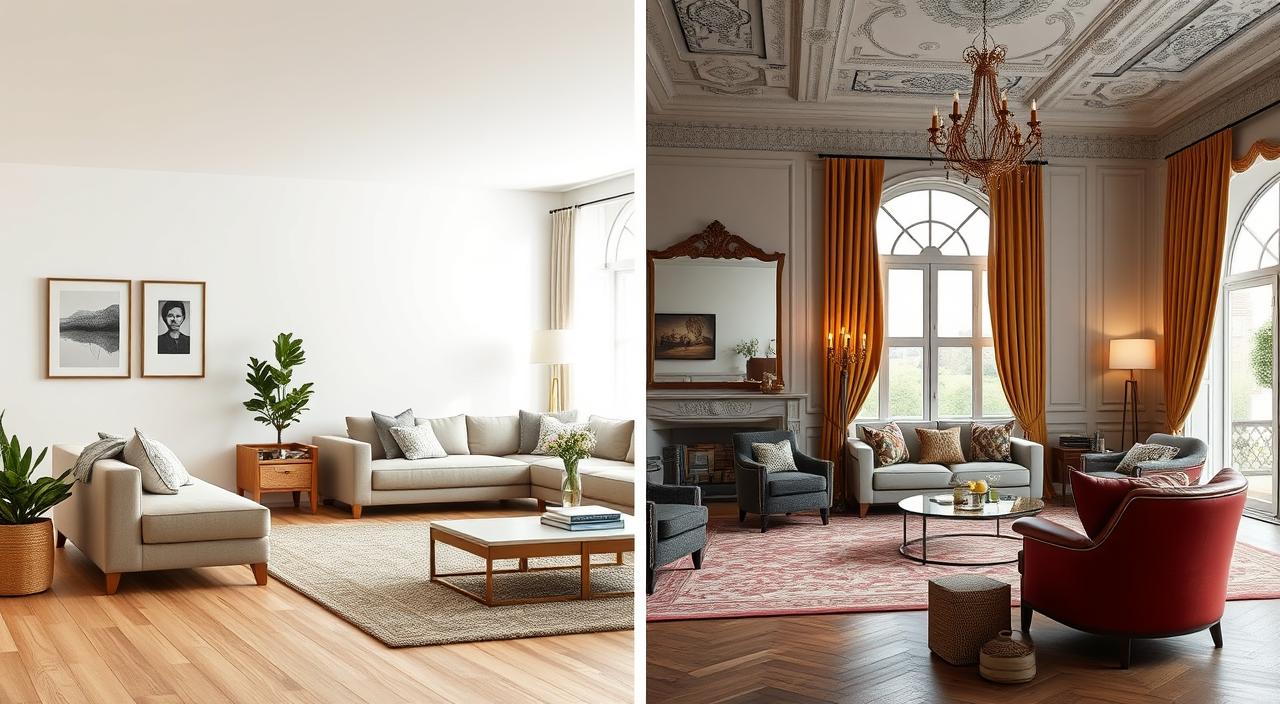
IKEA’s minimalist approach (left) contrasts with Home Centre’s more ornate styling (right)
| Feature | IKEA | Home Centre |
| Design Philosophy | Scandinavian minimalism, functional design | Contemporary with luxury influences, regional adaptations |
| Assembly Requirements | Primarily self-assembly (DIY) | Mostly pre-assembled or professional assembly included |
| Product Range Focus | Comprehensive home solutions, from furniture to kitchenware | Furniture-centric with complementary home accessories |
| Target Market | Budget-conscious consumers of all ages | Middle to upper-middle income households |
| Shopping Experience | Self-guided warehouse model | Traditional department store approach |
IKEA’s Product Philosophy
IKEA’s core business model revolves around the “democratic design” principle—creating functional, well-designed products at prices affordable to the masses. The company achieves this through several key strategies:
IKEA’s product range spans virtually every category of home furnishing, from sofas and beds to kitchen appliances, textiles, and decorative items. The company is particularly known for its storage solutions and modular systems that adapt to different spaces.
Home Centre’s Market Approach
Home Centre positions itself as a premium-yet-accessible retailer with a focus on complete home solutions that require minimal customer effort. Key aspects of their business model include:
While Home Centre’s product range is not as extensive as IKEA’s, it offers deeper selections in certain categories, particularly bedroom furniture, living room sets, and home textiles. The company has also developed strong private label brands for different style preferences.
Compare Product Categories
Explore specific product lines from both retailers
Strengths and Weaknesses
IKEA Strengths
IKEA Weaknesses

IKEA’s self-service warehouse requires customers to locate and collect their own items
Home Centre Strengths
Home Centre Weaknesses
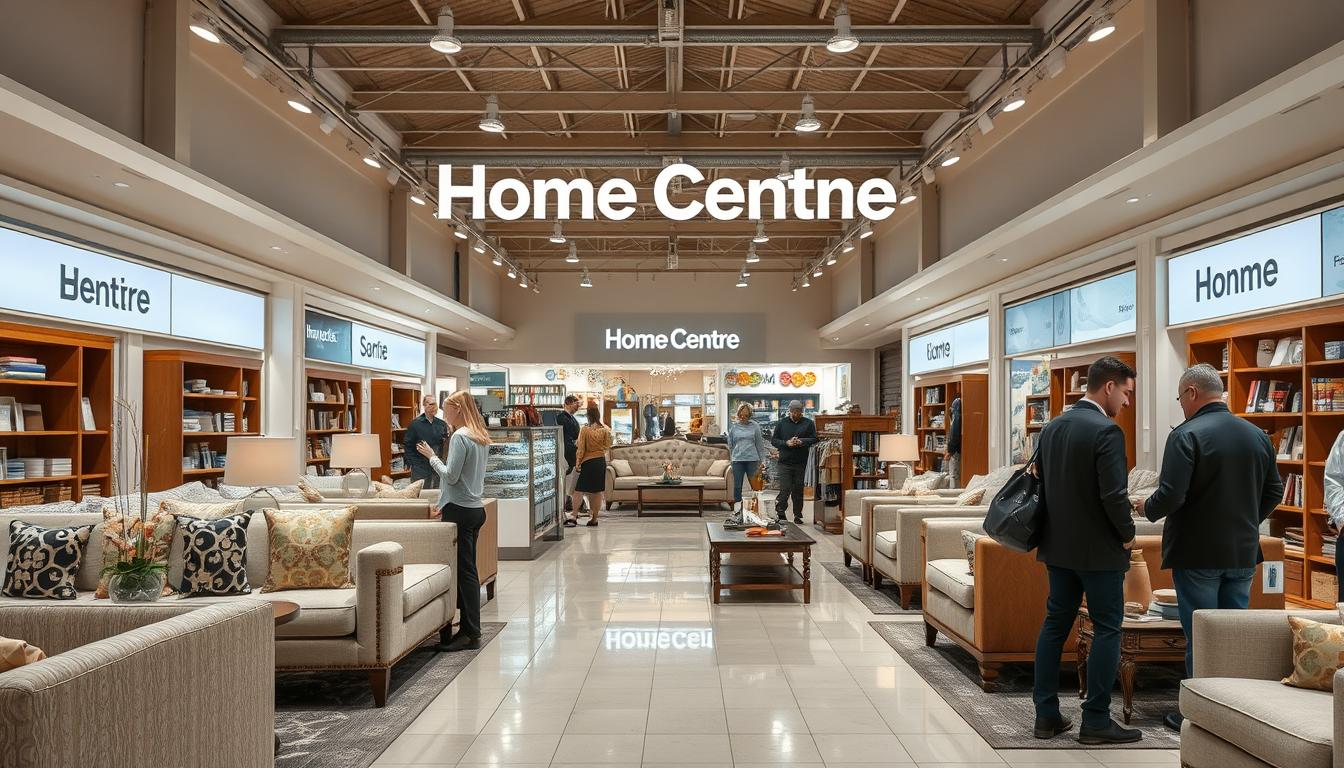
Home Centre offers a traditional retail experience with sales associate assistance
Shopping Experience Comparison
| Experience Factor | IKEA | Home Centre |
| Store Layout | Guided path through showrooms, marketplace, and self-service warehouse | Traditional department store layout with category sections |
| Customer Assistance | Limited; primarily self-service with few staff | Dedicated sales associates in each department |
| Product Selection Process | Note product details in showroom, collect from warehouse | Select item, staff arranges delivery |
| Checkout Process | Often lengthy queues, self-checkout options | Traditional checkout with multiple payment counters |
| In-Store Amenities | Restaurant, childcare, extensive parking | Café in some locations, mall amenities |
| Return Policy | 365-day return policy in most markets | 14-30 day return policy depending on market |
Innovation and Shopping Technology
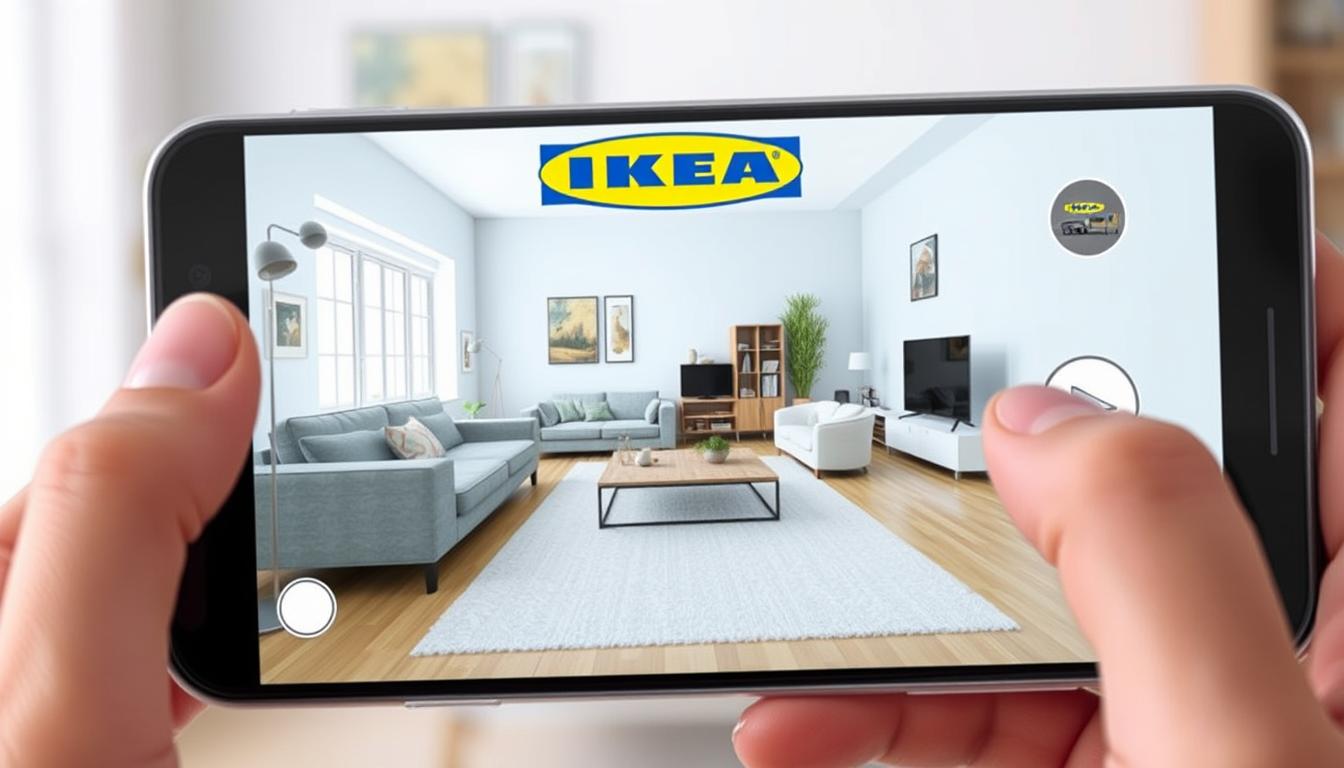
IKEA’s augmented reality app allows customers to visualize furniture in their homes before purchasing
IKEA’s Technological Innovations
IKEA has invested heavily in technology to enhance the shopping experience and streamline operations:
IKEA has also embraced e-commerce, developing sophisticated online platforms that integrate with its physical stores. The company’s omnichannel approach includes click-and-collect services, home delivery options, and digital product catalogs that have replaced the iconic printed version.
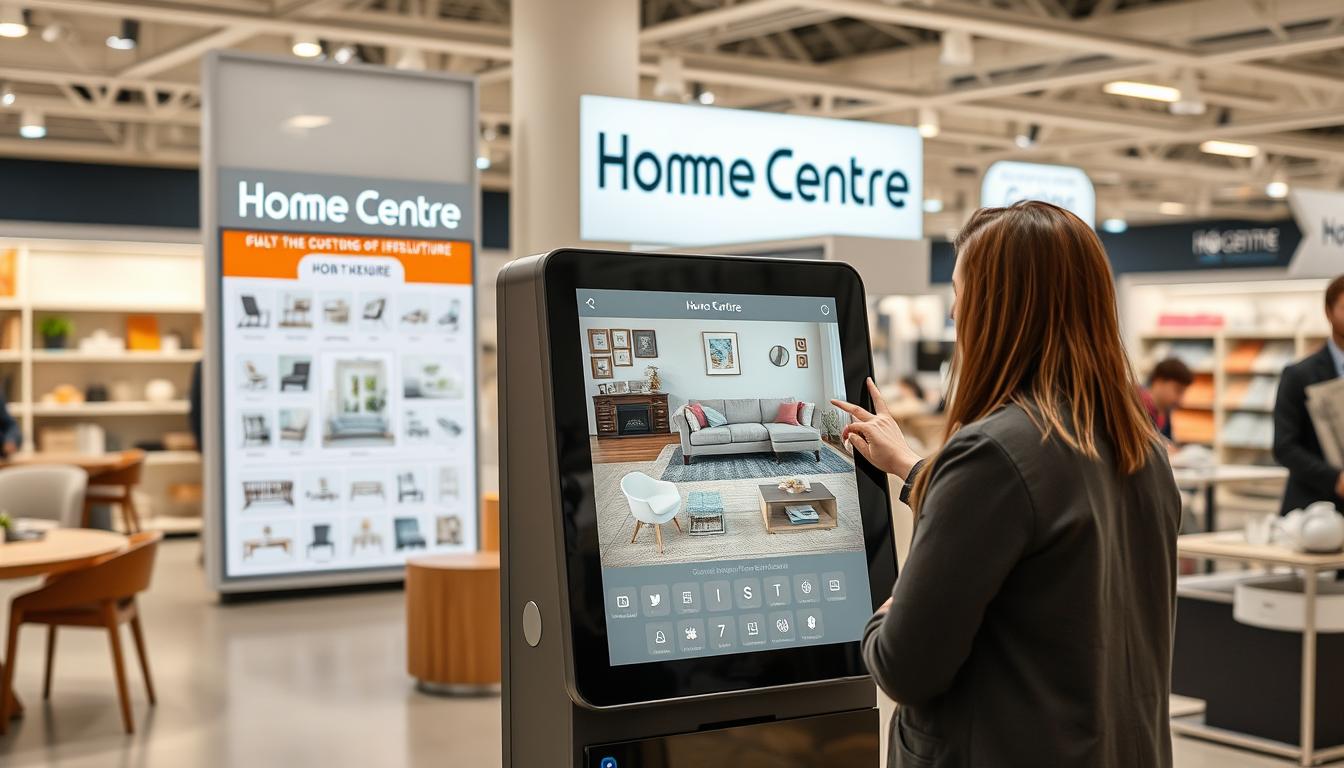
Home Centre’s in-store digital kiosks allow for product customization
Home Centre’s Tech Approach
While not as technologically advanced as IKEA, Home Centre has made significant strides in digital retail:
Home Centre has focused on creating a seamless shopping experience between its physical and digital channels, with particular emphasis on mobile commerce in markets with high smartphone penetration. The company has also implemented backend systems for inventory optimization and supply chain management.
“While IKEA leads in technological innovation with groundbreaking AR applications and planning tools, Home Centre has focused on implementing practical digital solutions that enhance the traditional retail experience rather than reinventing it.”
Experience Digital Shopping Tools
Try the innovative planning and visualization tools from both retailers
Sustainability and Social Responsibility
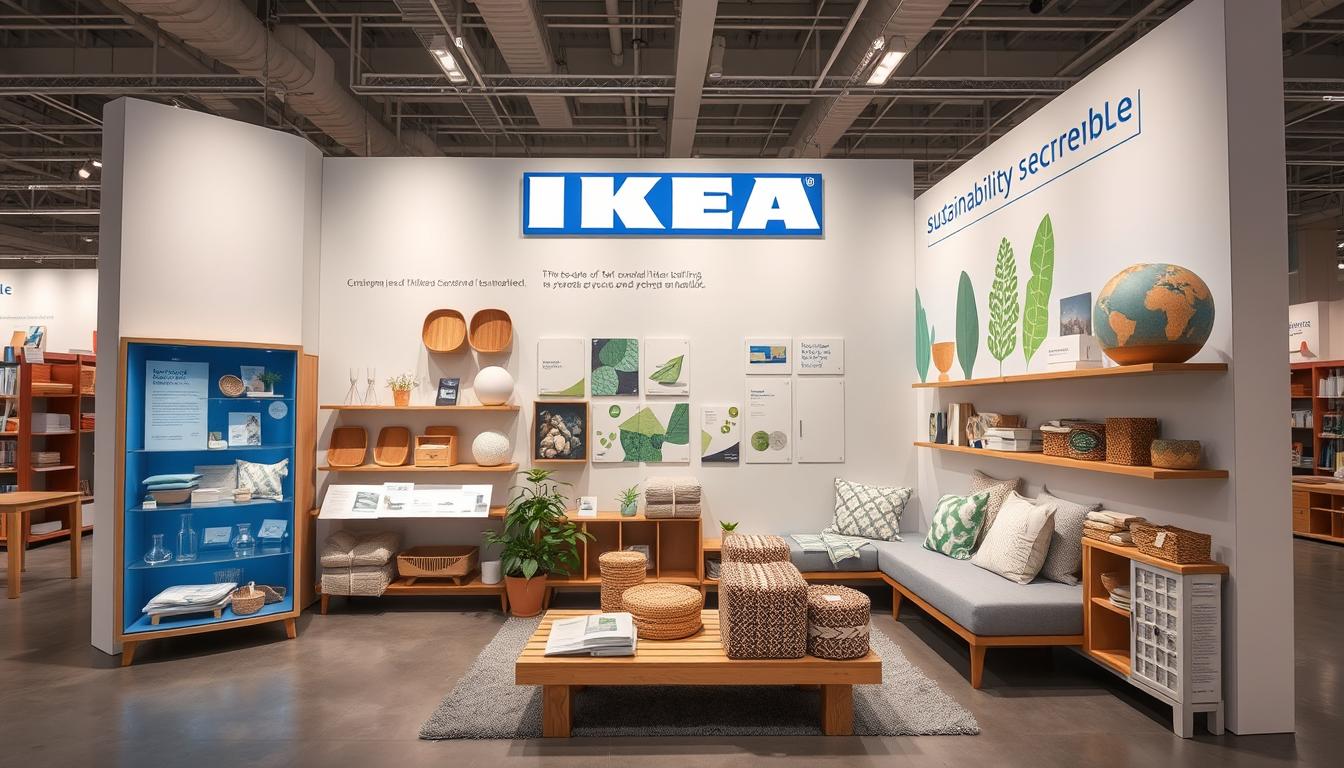
IKEA showcases its commitment to sustainable materials in dedicated store sections
IKEA’s Sustainability Leadership
Sustainability has become a core pillar of IKEA’s business strategy, with ambitious goals and comprehensive initiatives:
IKEA has invested significantly in making sustainability accessible to consumers, offering products like low-energy LED lighting, water-saving faucets, and indoor gardening solutions. The company regularly publishes detailed sustainability reports and has established the IKEA Foundation to support social initiatives globally.

Home Centre employees participating in community environmental initiatives
Home Centre’s Social Responsibility
While less publicized than IKEA’s efforts, Home Centre has developed its own sustainability and social responsibility programs:
Home Centre’s approach to sustainability has been more regionally focused, with initiatives tailored to the specific environmental and social challenges of its core markets. The company has particularly emphasized community engagement and ethical labor practices throughout its supply chain.
| Sustainability Aspect | IKEA | Home Centre |
| Public Commitments | Comprehensive, time-bound goals with regular reporting | General commitments with limited public reporting |
| Renewable Energy | Owns wind and solar farms, 100% renewable energy goal | Energy efficiency measures in stores |
| Product Circularity | Buyback program, repair services, circular design principles | Limited circular initiatives |
| Sustainable Materials | Comprehensive targets for all materials, regular reporting | Select eco-friendly product lines |
| Community Impact | Global foundation with significant funding | Regional community initiatives and partnerships |
Financial Health and Growth
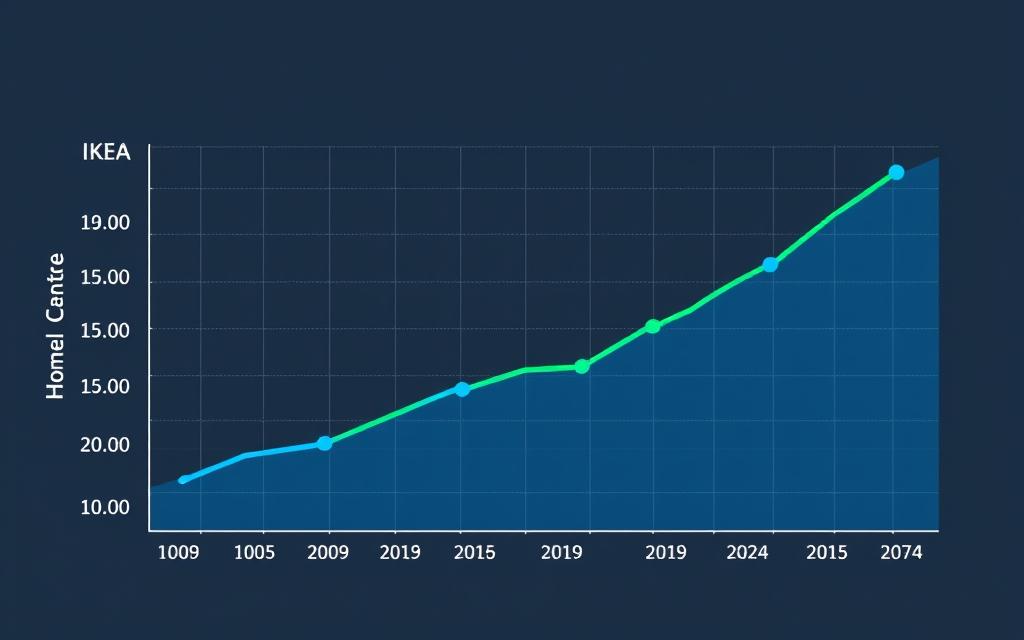
Revenue growth comparison between IKEA and Home Centre (2019-2024)
IKEA’s Financial Performance
As a privately held company, IKEA does not disclose comprehensive financial information, but available data indicates strong performance:
IKEA has demonstrated remarkable resilience during economic downturns, often benefiting from consumers trading down from higher-priced retailers. The company’s vertically integrated business model, with control over design, manufacturing, and retail, provides significant cost advantages and financial stability.
Home Centre’s Growth Trajectory
As part of the privately held Landmark Group, Home Centre’s detailed financials are not publicly available, but industry reports indicate:
Home Centre has benefited from the strong real estate portfolio of its parent company, securing prime retail locations in major shopping malls. The company has also leveraged Landmark Group’s shared services and purchasing power to maintain competitive pricing despite offering higher-end products than IKEA.
Investment and Expansion Outlook
Both retailers continue to invest in growth despite challenging global retail conditions. IKEA is focusing on urban formats, digital transformation, and emerging markets, while Home Centre is deepening its presence in existing territories while enhancing its omnichannel capabilities.
Brand Reputation and Customer Loyalty
IKEA’s Brand Perception
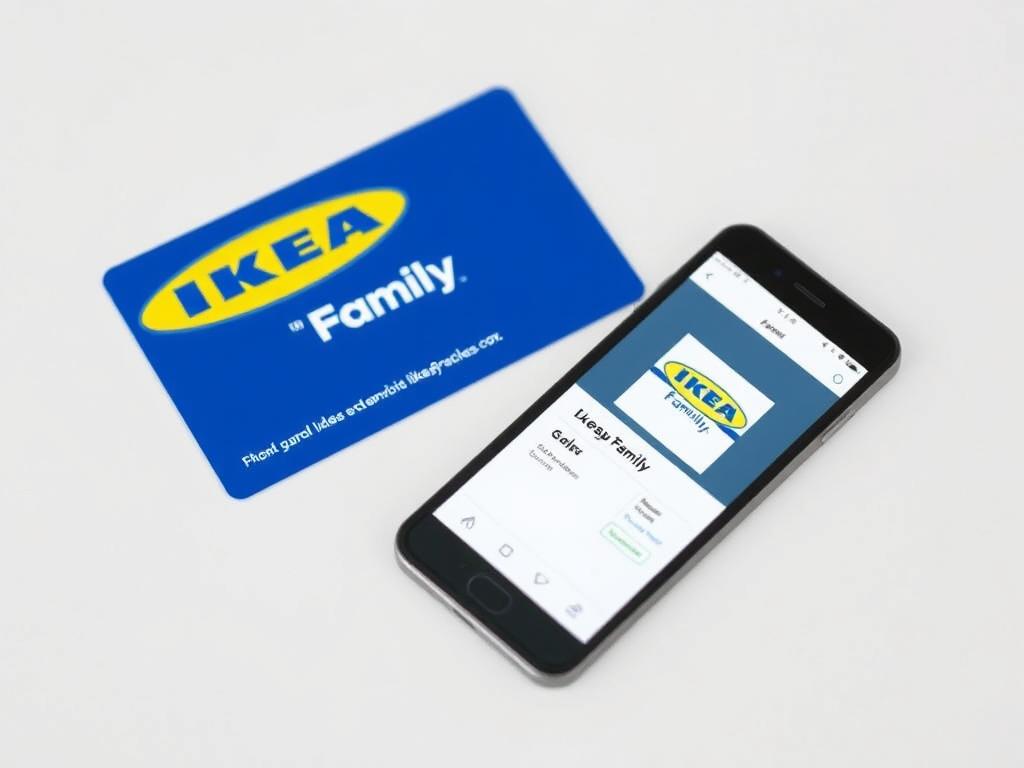
IKEA Family loyalty program has over 100 million members globally
IKEA has cultivated one of the world’s most recognizable and trusted retail brands, characterized by:
IKEA’s brand strength is reflected in its ability to enter new markets with immediate consumer recognition and trust. The company has successfully maintained its core brand values while adapting to local preferences and addressing evolving consumer expectations around sustainability and digital convenience.
Home Centre’s Customer Perception
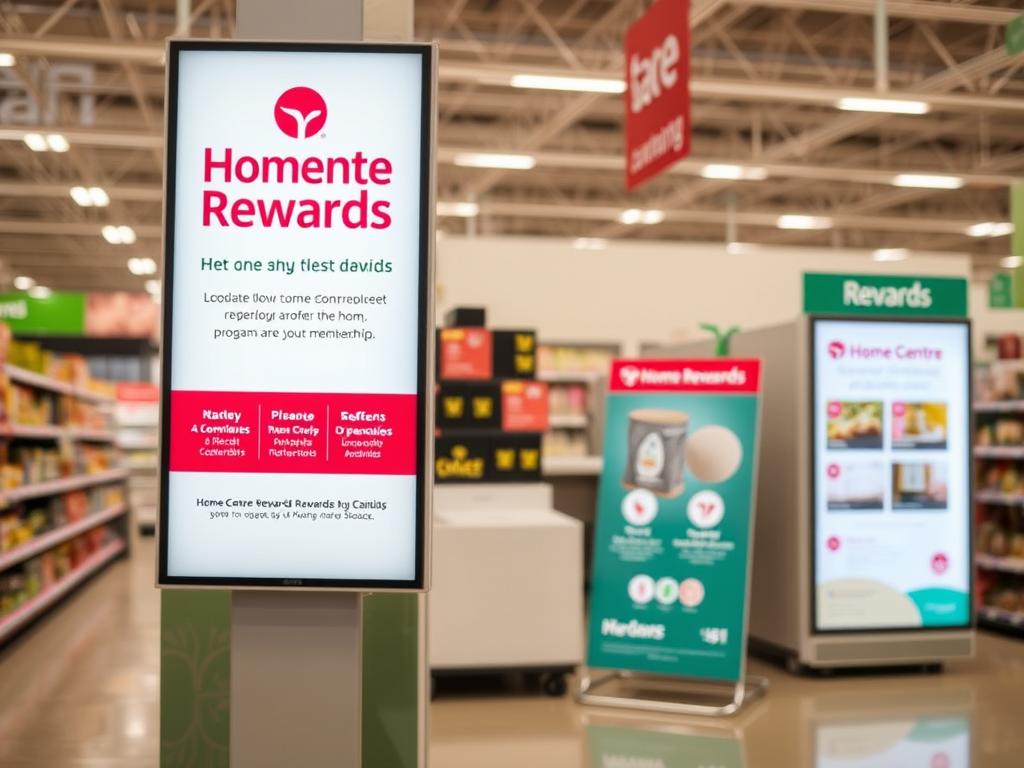
Home Centre Rewards program focuses on personalized offers
Home Centre has established a strong regional brand identity with particular strengths in:
While lacking IKEA’s global recognition, Home Centre has achieved significant brand loyalty in its core markets, particularly among middle and upper-middle-income consumers seeking quality furnishings without the premium prices of luxury brands. The company has successfully positioned itself as understanding local lifestyles better than international competitors.
Customer Satisfaction Comparison
“IKEA excels in creating a distinctive brand experience that customers either love or find overwhelming, while Home Centre offers a more conventional but consistently satisfying retail journey. Both have cultivated loyal customer bases by clearly defining their value propositions and consistently delivering on their promises.”
Global Presence and Accessibility
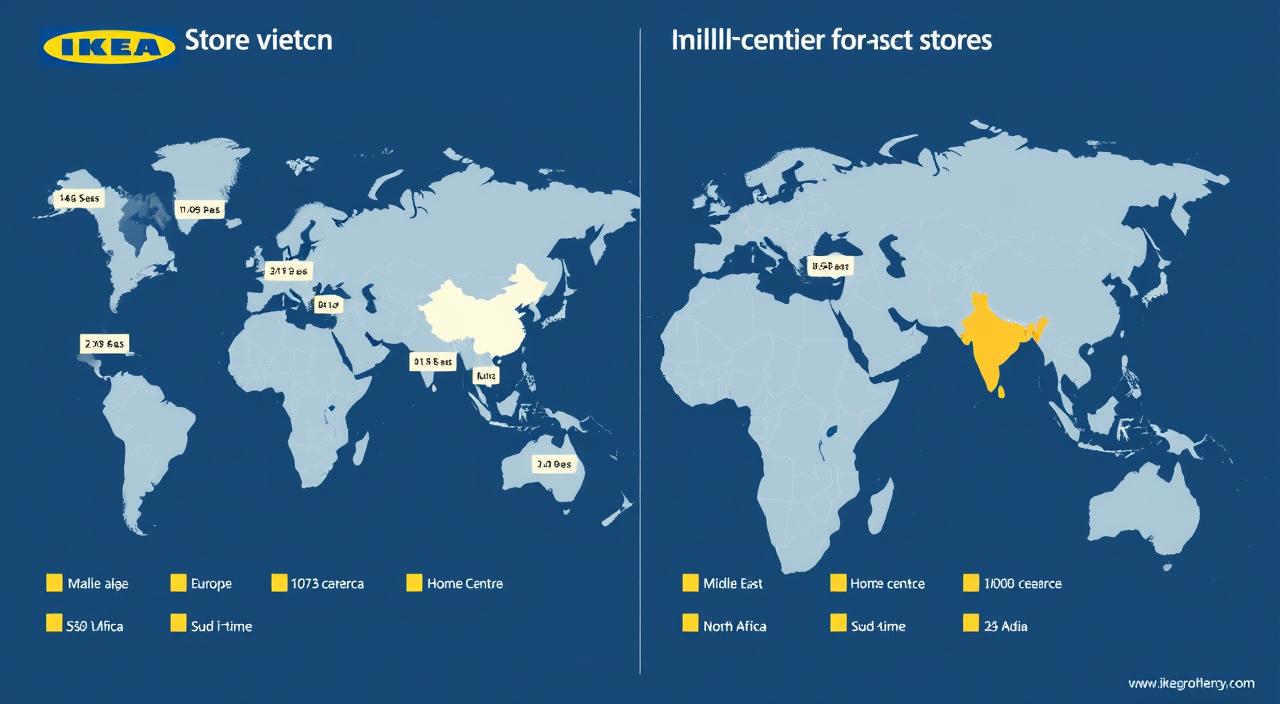
Store accessibility comparison: IKEA’s global reach vs. Home Centre’s regional concentration
IKEA’s Global Footprint
IKEA’s international expansion has created an extensive global network:
IKEA’s traditional store model requires large land parcels, typically positioning stores in suburban areas that necessitate car access. This has historically limited accessibility for urban dwellers and non-drivers. However, the company has been addressing this limitation through new formats including city-center locations, smaller concept stores, and enhanced delivery options.
Home Centre’s Regional Strategy
Home Centre has pursued a focused regional approach:
Home Centre’s mall-based strategy has prioritized convenience and accessibility, with stores typically located in population centers and commercial districts. This approach has enabled the company to reach customers without requiring dedicated trips or car ownership, though it limits the size of individual stores and their product assortment.
| Region | IKEA Presence | Home Centre Presence |
| Europe | Strong (200+ stores) | None |
| North America | Strong (60+ stores) | None |
| Middle East | Moderate (15+ stores) | Strong (50+ stores) |
| South Asia | Emerging (5+ stores) | Strong (30+ stores) |
| East Asia | Strong (80+ stores) | None |
| Africa | Limited (5+ stores) | Moderate (10+ stores) |
| Oceania | Moderate (10+ stores) | None |
Find Your Nearest Store
Locate the closest IKEA or Home Centre store in your area
Challenges and Future Prospects

The future of furniture retail will likely blend physical and digital experiences
IKEA’s Evolving Landscape
IKEA faces several significant challenges as it navigates the changing retail environment:
To address these challenges, IKEA has been implementing several strategic initiatives:
Home Centre’s Future Direction
Home Centre faces its own set of challenges in an evolving market:
Home Centre’s strategic responses include:
Industry Trends Affecting Both Retailers
Several macro trends will shape the competitive landscape for both IKEA and Home Centre in the coming years:
- Growing preference for multifunctional, space-saving furniture
- Increasing demand for sustainable, ethically-sourced products
- Rising expectations for seamless omnichannel shopping experiences
- Shift toward experiential retail with entertainment and education components
- Integration of smart home technology into furniture and home goods
- Personalization through artificial intelligence and data analytics
Conclusion: Which Retailer Is Right for You?
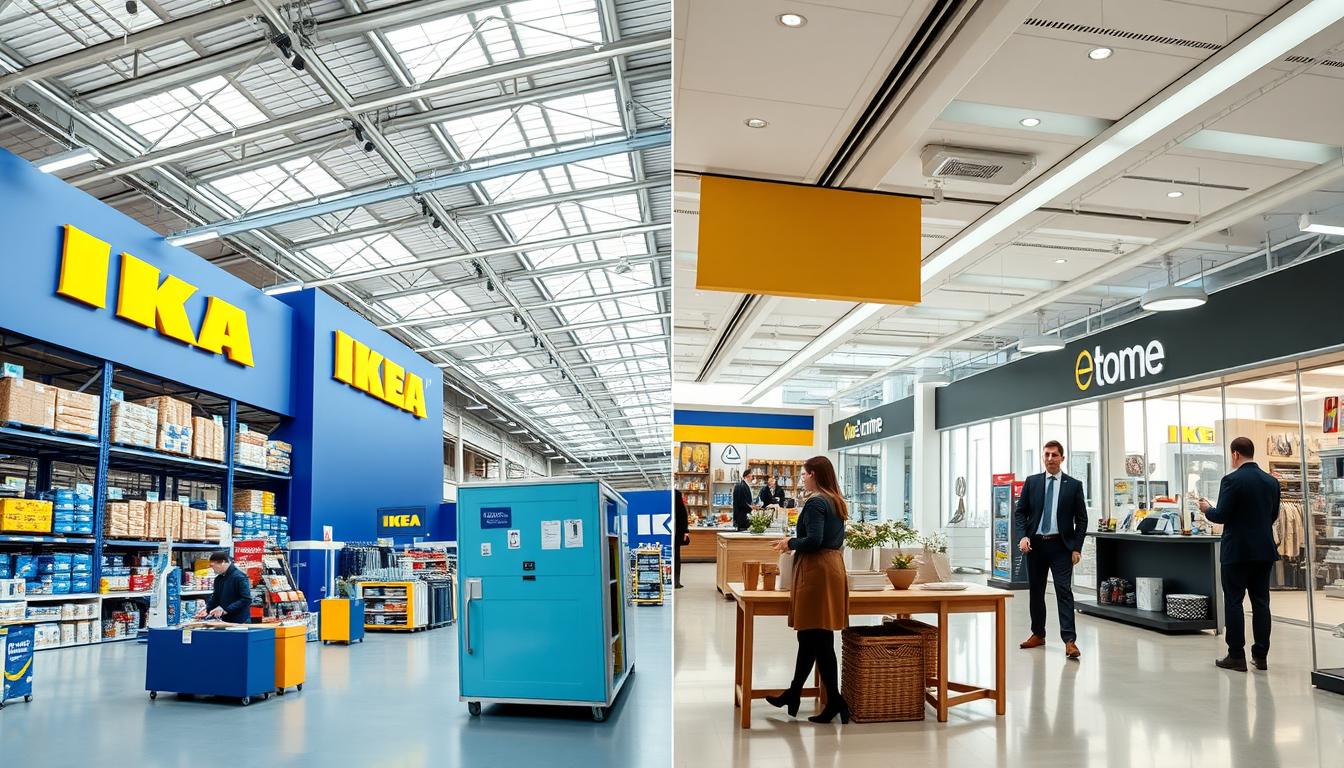
IKEA and Home Centre offer distinctly different shopping experiences
- Budget-friendly prices across all product categories
- Scandinavian minimalist design aesthetic
- Extensive product range for complete home furnishing
- Innovative space-saving solutions
- Strong sustainability credentials and initiatives
- Willingness to assemble furniture yourself
- Comprehensive online planning tools
Choose IKEA If You Value:
- Ready-to-use furniture with minimal assembly
- Contemporary designs with regional adaptations
- Higher-quality materials and finishes
- Personalized customer service and assistance
- Convenient mall locations with easy access
- Seasonal collections following design trends
- Comprehensive delivery and installation services
Choose Home Centre If You Value:
The choice between IKEA and Home Centre ultimately depends on your personal preferences, budget constraints, and specific needs. IKEA excels in providing affordable, functional furniture with a distinctive Scandinavian aesthetic, making it ideal for budget-conscious consumers, first-time homeowners, and those who appreciate minimalist design. The trade-off comes in the form of self-assembly requirements and typically less personalized service.
Home Centre, on the other hand, offers a more traditional retail experience with ready-to-use furniture, personalized service, and designs that often better reflect regional tastes. While generally more expensive than IKEA, Home Centre provides higher-quality materials and finishes in many product categories, along with more comprehensive delivery and installation services.
Both retailers continue to evolve their offerings and experiences to meet changing consumer expectations. IKEA is moving toward more urban formats and enhanced services, while Home Centre is strengthening its digital capabilities and sustainability initiatives. As the home furnishing market continues to transform, both companies are well-positioned to maintain their distinctive market positions while adapting to new competitive realities.
Ready to Compare Products?
Start exploring both retailers to find the perfect furniture for your home
Does IKEA deliver to all locations where they have stores?
IKEA typically offers delivery services in areas where they have physical stores, though coverage areas and delivery fees vary by location. In many markets, IKEA has expanded delivery zones beyond immediate store areas, but remote locations may still have limited options or higher delivery costs. Check the IKEA website for your specific location to confirm delivery availability and pricing.
Does Home Centre offer assembly services for all furniture?
Home Centre offers assembly services for most furniture items, with many products coming pre-assembled or with professional assembly included in the purchase price. For larger items like beds, wardrobes, and dining sets, assembly is typically included, while smaller items may have optional assembly services available for an additional fee. Assembly services and policies may vary by location, so it’s advisable to confirm at the time of purchase.
Can I return assembled IKEA furniture?
IKEA generally accepts returns of assembled furniture within their standard return period (typically 365 days in most markets), provided the item is in resalable condition. However, you’ll need to disassemble the furniture yourself and return it in its original packaging. Some exceptions apply for mattresses, custom countertops, and certain other items. Always check IKEA’s current return policy for your specific location before making a purchase.

